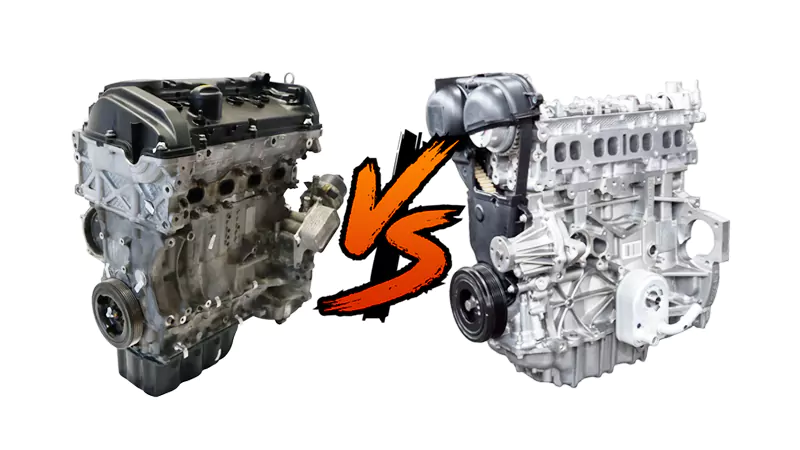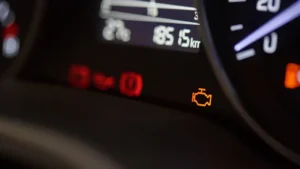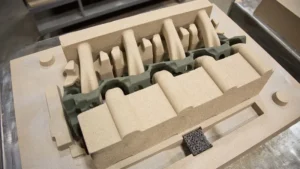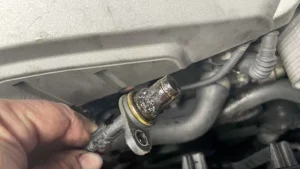When it comes to engine replacements, repairs, or performance upgrades, understanding the distinctions between a bare engine and a long block is essential. While both represent core engine assemblies, they differ significantly in terms of assembly, usability, and customization options. Knowing these differences can help automotive professionals, enthusiasts, and DIY mechanics make informed decisions.

What Is a Bare Engine?
A bare engine refers to an engine assembly stripped of all external accessories, including the starter, alternator, water pump, and intake and exhaust systems. The emphasis is on providing a “clean canvas” that retains the engine’s core internal components, such as the engine block, crankshaft, pistons, connecting rods, and oil pan.
Depending on the manufacturer and intended use, a bare engine may or may not include cylinder heads, valves, and camshafts. This flexibility allows performance enthusiasts and engineers to install customized components tailored to specific applications, whether for racing, high-performance tuning, or specialized projects.
Bare engines are particularly popular in motorsports and custom builds because they allow for precise control over engine components, letting users optimize airflow, valve timing, and other performance parameters without being constrained by factory-installed parts.
What Is a Long Block?
A long block builds upon the concept of a short block by including cylinder heads, valve trains, and camshafts, in addition to the engine block, crankshaft, pistons, and connecting rods. While it usually does not come with external accessories, a long block is essentially a nearly complete engine, ready for direct installation in most vehicles.
Long blocks are favored in conventional engine replacements or major rebuilds. They save significant time and labor because the upper engine components are already installed and tested, reducing the need for additional assembly at the installation site.
Key Differences Between Bare Engine and Long Block
Assembly and Usability
- Bare Engine: Offers flexibility, may require installation of cylinder heads, valves, or camshafts. Not usually ready for immediate installation without additional assembly.
- Long Block: Almost complete engine assembly with cylinder heads and valve train installed. Designed for immediate installation.
Customization Potential
- Bare Engine: Ideal for custom builds, performance tuning, and motorsports. Users can choose components to optimize engine output and reliability.
- Long Block: Limited customization; primarily aimed at restoring engine functionality quickly and reliably.
Installation Considerations
- Bare Engine: Installation is more complex and generally requires professional knowledge or specialized tools.
- Long Block: Installation is straightforward, making it suitable for standard repair shops and quick replacements.
Choosing between a bare engine and a long block depends on your objectives. If your goal is high-performance modification or a custom application, a bare engine provides the foundation for a fully tailored build. If your priority is convenience, reliability, and minimizing installation time, a long block is the most practical choice.
Conclusion
In essence, the bare engine is a flexible, “stripped-down” engine core, perfect for custom builds or high-performance projects, while the long block is a nearly complete assembly, ready for direct installation. Understanding the distinctions between these engine types ensures you select the right option for your project, whether it’s a track car, a modified street vehicle, or a routine engine replacement.
Partner with a reliable engine supplier. Browse our range of bare engines and long blocks designed for workshops, performance shops, and OEM projects. Contact our team to discuss bulk orders, customization options, and technical specifications tailored to your business needs.



